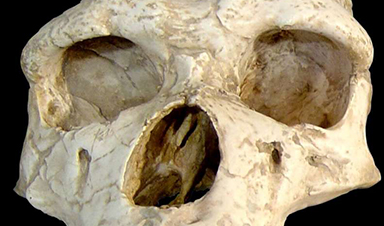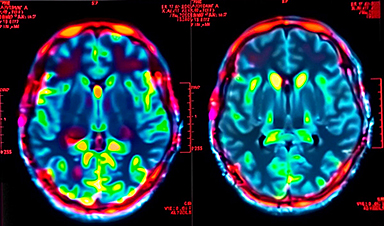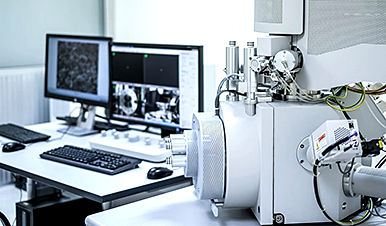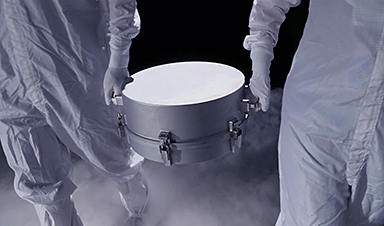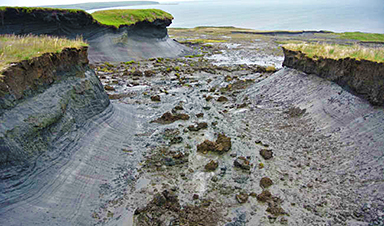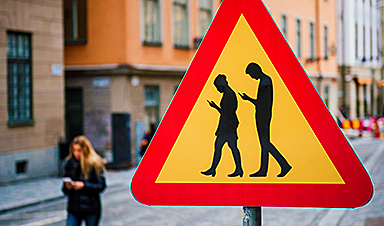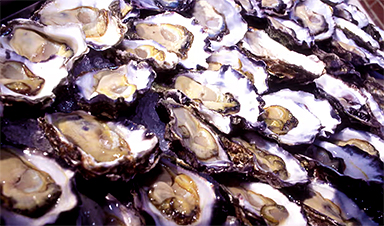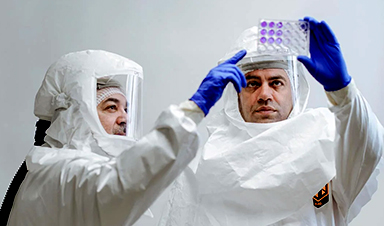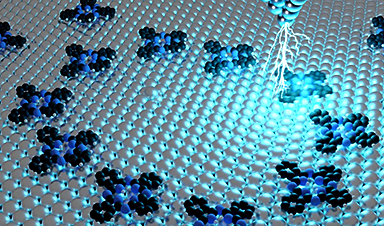Everybody loves Neandertals, those big-brained brutes we supposedly outcompeted and ultimately replaced using our sharp tongues and quick, delicate minds. But did we really, though? Is it mathematically possible that we could yet be them, and they us?
By the same token, could not the impossibly singular Mitochondrial Eve, her contemporary Y-chromosome Adam, and even the “Out of Africa” hypothesis simply be convenient fictions paleogeneticists tell each other at conferences to give their largely arbitrary haplotype designations and subsequently derived evolutionary trees more credence?
Perhaps one of the best ways to try to answer this question is to ask what the coronavirus has to say about the issue. Svante Pääbo, director of the genetics department at the Max Planck Institute certainly believes that Homo sapiens Neanderthalensis, or just Homo Neanderthalensis, if you prefer, is extinct. Pääbo, the son of 1982 Noble laureate Sune Bergström, has made a nice living off of Neandertal bones, finding gene after gene that is distinctly “Neandertal.” In 1997, Pääbo successfully sequenced mitochondrial DNA from a specimen found in Feldhofer grotto in the Neander valley. Fast-forwarding past a few recent PR disasters, the Germans were able to capture the productive Swede and set him upon the task of dealing with these inconvenient heirloom skeletons that kept showing up.
This September, Pääbo and colleague Hugo Zeberg announced that the major genetic risk factor for severe COVID-19 is inherited from Neanderthals. (We note that Nature publications prefer to include the h.) By any measure, this is a bold statement. The team found that severe COVID-19 disease is associated with specific genetic variants in six genes within a 50K-base-pair-long region of chromosome 3 that derived directly from a Neanderthal heritage. Similar investigations have also identified a protective Neanderthal haplotype on chromosome (chr) 12 that reduces the risk of severe COVID-9, and a protective region on chromosome 9 that is associated with the ABO blood groups.
Not content to rest on their laurels, Pääbo and Zeberg have just kicked things up a notch. The pair recently reported on the bioRxiv preprint server that another exclusively Neandertal variant, this time in the promoter region of the DPP4 gene at chr2q24.2, is really pulling the strings on COVID susceptibility. DPP4 is a widely expressed extracellular dipeptidyl peptidase involved in immune function and glucose metabolism. As it happens, DPP4 is also the receptor gene for the MERS coronavirus. Now we are getting somewhere.
Image Credit: Wikipedia
Post by Amanda Scott, NA CEO. Follow her on twitter @tantriclens
Thanks to Heinz V. Hoenen. Follow him on twitter: @HeinzVHoenen
News
Does COVID increase the risk of Alzheimer’s disease?
Scientists discover that even mild COVID-19 can alter brain proteins linked to Alzheimer’s disease, potentially increasing dementia risk—raising urgent public health concerns. A recent study published in the journal Nature Medicine investigated whether both mild and [...]
New MRI Study Reveals How Cannabis Alters Brain Activity and Weakens Memory
A massive new study sheds light on how cannabis affects the brain, particularly during cognitive tasks. Researchers analyzed over 1,000 young adults and found that both heavy lifetime use and recent cannabis consumption significantly reduced brain [...]
How to Assess Nanotoxicity: Key Methods and Protocols
With their high surface area and enhanced physicochemical properties, nanomaterials play a critical role in drug delivery, consumer products, and environmental technologies. However, their nanoscale dimensions enable interactions with cellular components in complex and [...]
Nanotech drug delivery shows lasting benefits, reducing need for repeat surgeries
A nanotechnology-based drug delivery system developed at UVA Health to save patients from repeated surgeries has proved to have unexpectedly long-lasting benefits in lab tests – a promising sign for its potential to help human patients. [...]
Scientists Just Found DNA’s Building Blocks in Asteroid Bennu – Could This Explain Life’s Origins?
Japanese scientists detected all five nucleobases — building blocks of DNA and RNA — in samples returned from asteroid Bennu by NASA’s OSIRIS-REx mission. NASA’s OSIRIS-REx mission brought back 121.6 grams of asteroid Bennu, unveiling nitrogen-rich organic matter, including DNA’s essential [...]
AI-Designed Proteins – Unlike Any Found in Nature – Revolutionize Snakebite Treatment
Scientists have pioneered a groundbreaking method to combat snake venom using newly designed proteins, offering hope for more effective, accessible, and affordable antivenom solutions. By utilizing advanced computational techniques and deep learning, this innovative [...]
New nanosystem offers hope for improved diagnosis and treatment of tongue cancer
A pioneering study has unveiled the Au-HN-1 nanosystem, a cutting-edge approach that promises to transform the diagnosis and treatment of tongue squamous cell carcinoma (TSCC). By harnessing gold nanoparticles coupled with the HN-1 peptide, [...]
Global Trust in Science Is Stronger Than Expected – What’s Next?
A landmark global survey conducted across 68 countries has found that public trust in scientists remains robust, with significant support for their active involvement in societal and political matters. The study highlights the public’s [...]
Microplastics in the bloodstream may pose hidden risks to brain health
In a recent study published in the journal Science Advances, researchers investigated the impact of microplastics on blood flow and neurobehavioral functions in mice. Using advanced imaging techniques, they observed that microplastics obstruct cerebral blood [...]
AI Surveillance: New Study Exposes Hidden Risks to Your Privacy
A new mathematical model enhances the evaluation of AI identification risks, offering a scalable solution to balance technological benefits with privacy protection. AI tools are increasingly used to track and monitor people both online [...]
Permafrost Thaw: Unleashing Ancient Pathogens and Greenhouse Gases
Permafrost is a fascinating yet alarming natural phenomenon. It refers to ground that remains frozen for at least two consecutive years. Mostly found in polar regions like Siberia, Alaska, and Canada, permafrost plays a [...]
Frequent social media use tied to higher levels of irritability
A survey led by researchers from the Center for Quantitative Health at Massachusetts General Hospital and Harvard Medical School has analyzed the association between self-reported social media use and irritability among US adults. Frequent [...]
Australian oysters’ blood could hold key to fighting drug-resistant superbugs
Protein found in Sydney rock oysters’ haemolymph can kill bacteria and boost some antibiotics’ effectiveness, scientists discover An antimicrobial protein found in the blood of an Australian oyster could help in the fight against [...]
First U.S. H5N1 Death Sparks Urgency: Scientists Warn Bird Flu Is Mutating Faster Than Expected
A human strain of H5N1 bird flu isolated in Texas shows mutations enabling better replication in human cells and causing more severe disease in mice compared to a bovine strain. While the virus isn’t [...]
AI Breakthrough in Nanotechnology Shatters Limits of Precision
At TU Graz, a pioneering research group is leveraging artificial intelligence to drastically enhance the way nanostructures are constructed. They aim to develop a self-learning AI system that can autonomously position molecules with unprecedented precision, potentially [...]
How Missing Sleep Lets Bad Memories Haunt Your Mind
Research reveals that a lack of sleep can hinder the brain’s ability to suppress unwanted memories and intrusive thoughts, emphasizing the importance of restful sleep for mental health. Sleep deprivation has been found to [...]
